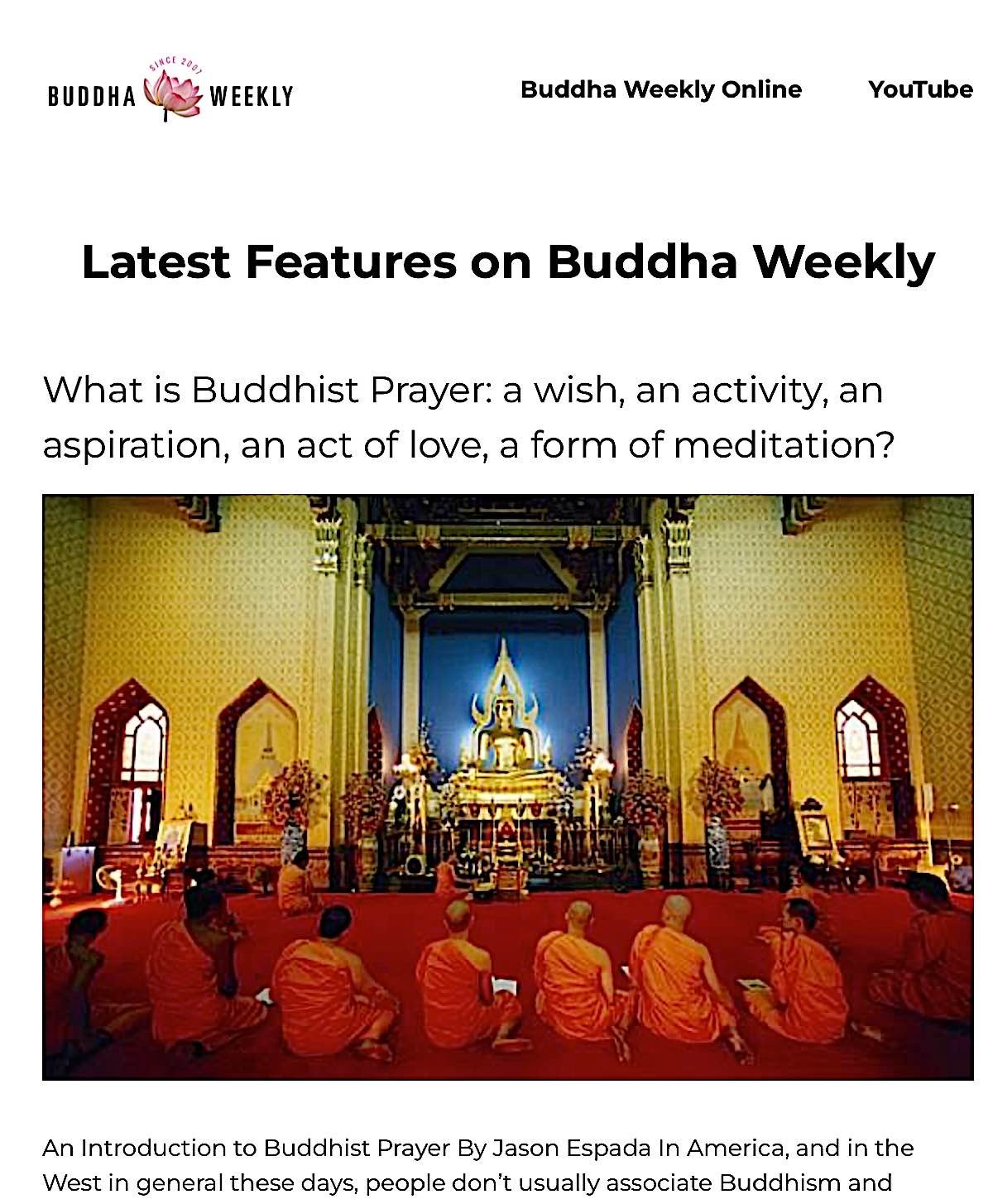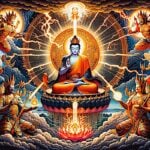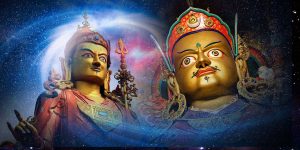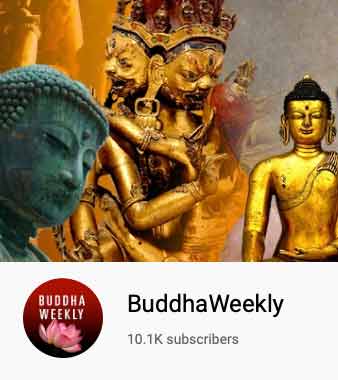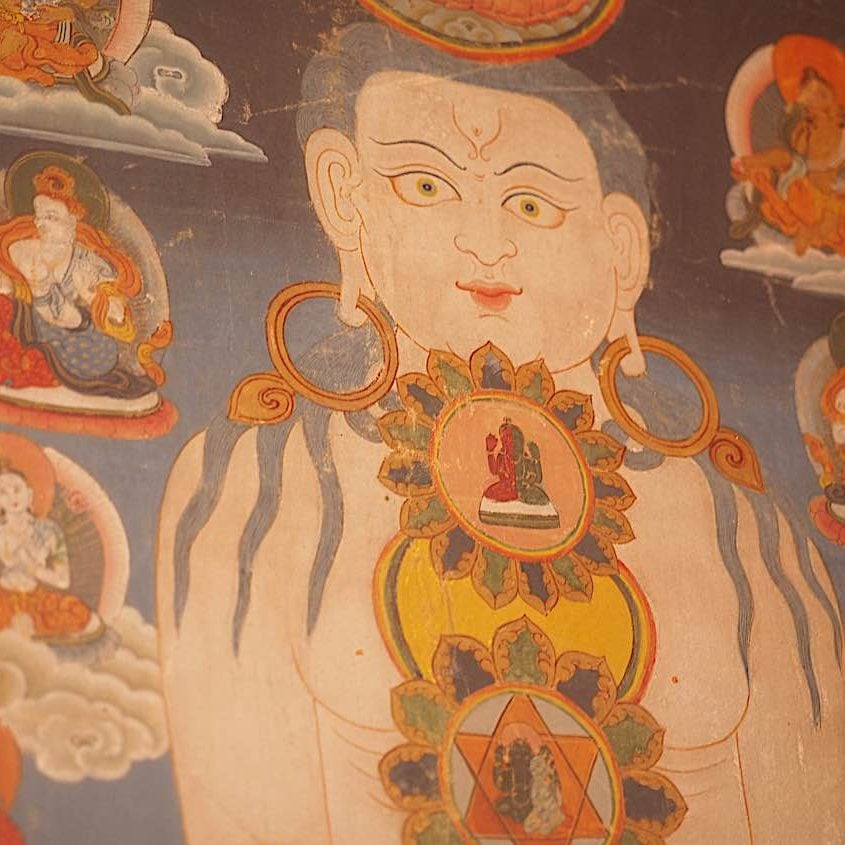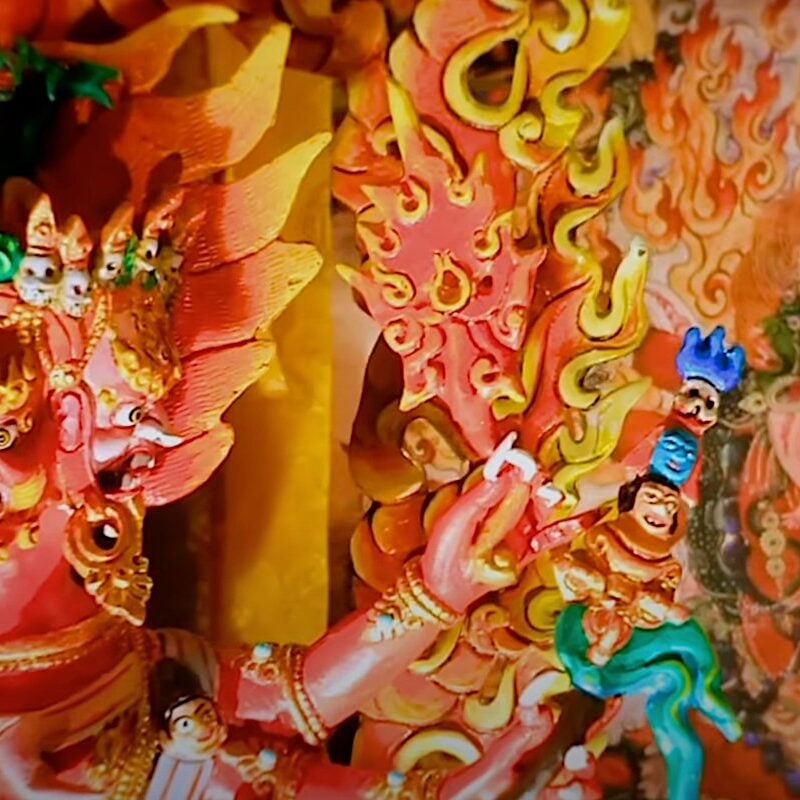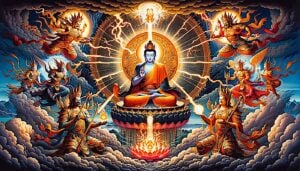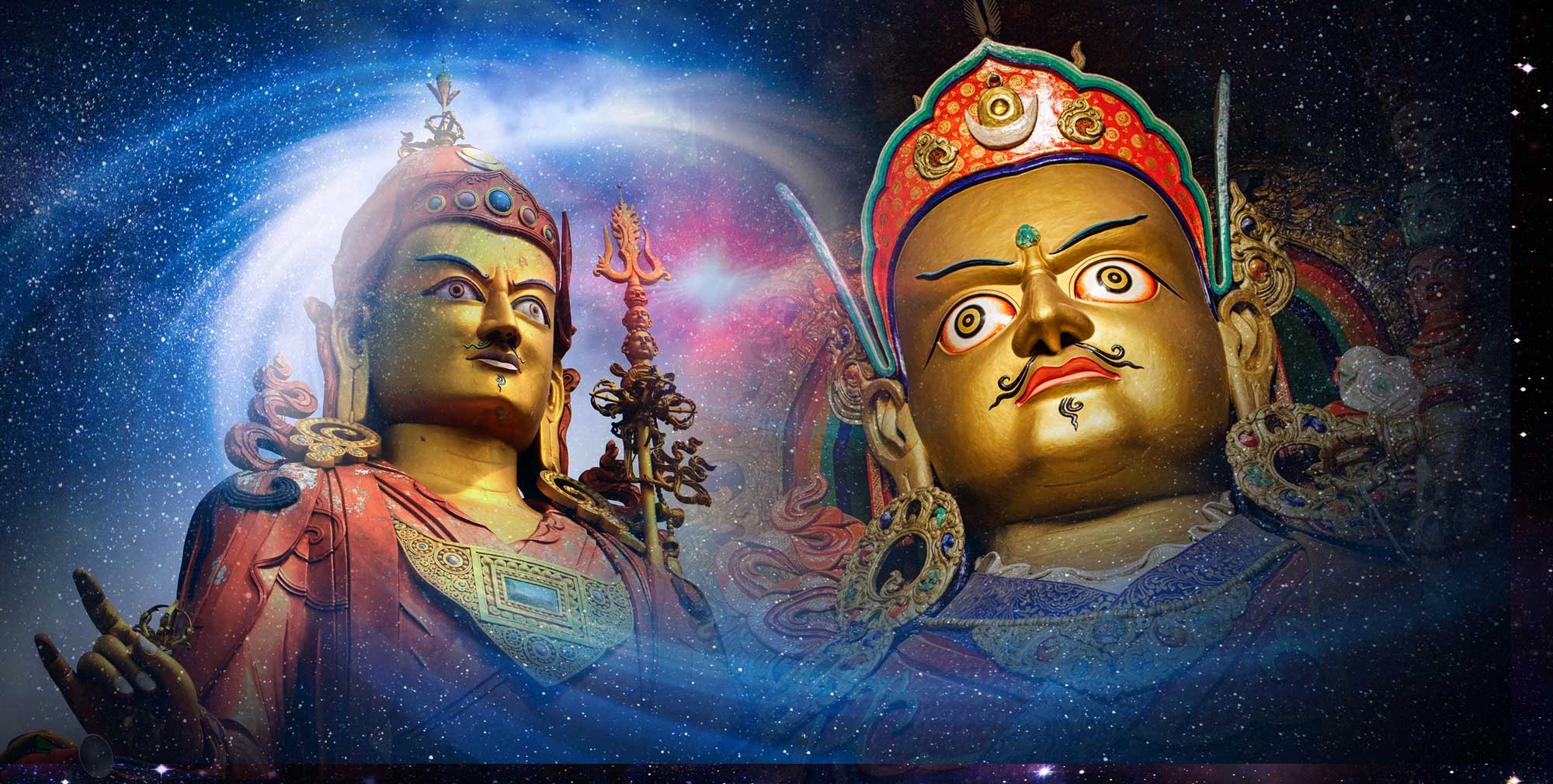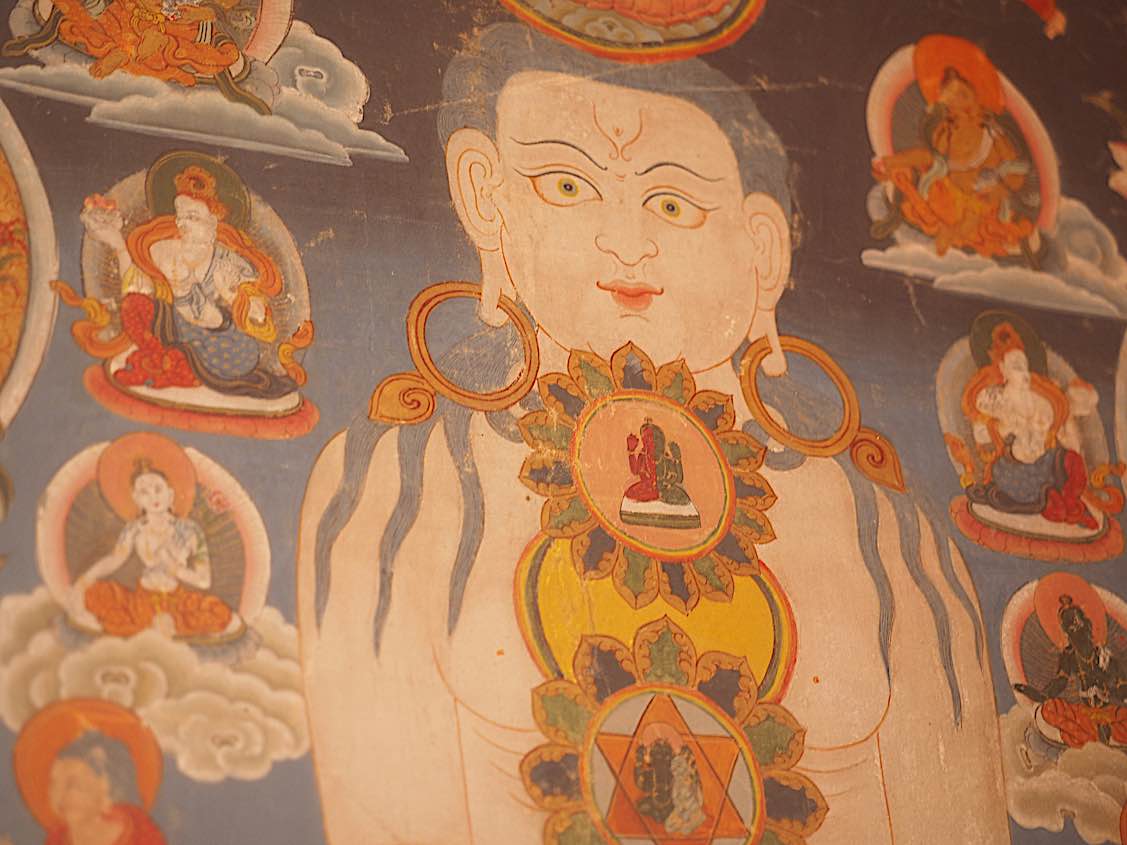7 DAYS of PURITY: The “Four Rs” of the Final Week of the Year in Buddhism: Vital Vajrasattva Practice and New Year Traditions Explained

Sweeping away the obstacles, bad karma, bad luck and negativities of the old year, going into a new year with a purified “clean slate”, is an important lunar New Year practice in Buddhism. Although it’s often associated with Losar and Lunar New Year, for those who practice according to the Gregorian calendar, the same purification routine is not only beneficial — it is essential to progressive practice.
The FOUR Rs of the final week of the year are the same practices we might undertake before an extensive retreat as well, and for similar reasons. The goal is to sweep away all the negativity before the new arrives, giving us a fresh start!
The supreme practice for this is Vajrasattva practice, such as this short 15-minute practice for last day of the month, or daily use, or for each of the last seven days of a year:
We also do this on the last day of every month, to clear the way for a fresh month. In Buddhist tradition, this is called Upavasatha, which we mark on our Dharma Dates calendar>>
Vajrasattva Purification: The Supreme Purification Practice
Vajrasattva practice is certainly the most popular purification and renewal process for “year-end.” Prior to Losar or Lunar New Year, it is important to do a de-clutter and cleanse. Starting off the New Year with blessings and offerings to the Three Jewels is important, but first, we try to purify the stains from the previous year.
Vajrasattva, which combines all the principles of karmic purification, is the ultimate Buddhist practice for clearing obstacles, negativities, curses, evil intentions of others, and our own internal demons. Simply reciting his 100-syllable mantra while visualizing white cleansing light filling our bodies — when combined with the four powers of Refuge or dependence on the Three Jewels, Regret and of our past negative actions, the Remedy of the mantra and visualization, and the intention to Refrain in future.

The Four Rs: Refuge, Regret, Remedy, Refrain
These are called the four Rs in short:
- Refuge (or Rely, if you prefer)
- Regret
- Remedy
- Refrain.
By setting our minds and intentions to the remedies at the end of the year, we start the new year off fresh and clean, ready to accumulate Dharma merit through virtuous practices, giving, and compassion.
Serious practitioners do a concise version of this practice every day with their Yidam practices, or at the very least on the last day of each month or the last seven days of each year (either lunar or solar, or both).
Beautiful Chanting of Vajrasattva’s 100-Syllable Mantra in Sacred Sanskrit:
Oṃ Vajrasattva
samayam anupālaya
Vajrasattva tvenopatiṣṭha
dṛḍho me bhava
sutoṣyo me bhava
supoṣyo me bhava
anurakto me bhava
sarva siddhiṃ me prayaccha
sarva karma sucha me
chittaṃ śreyaḥ kuru hūṃ
ha ha ha ha ho
ḥbhagavan
sarva tathāgata vajra
mā me muñcha
vajrī bhava
mahā samaya sattva āḥ
Purifying Practices is the Main Symbolic Activity
In Tibetan Buddhist tradition, this is done primarily through a series of purifying practices and rituals which aim to clear emotional, mental, and spiritual obstacles. As a group we do temple or town-wide practices. As an individual we might practice alone, or join purication mantras and chanting online for live events, or even pre-recorded events.
These preparations before the Lunar New Year, known as ‘Losar’, target the resolution of negative patterns, attitudes, and actions. This aids in fostering a conducive environment for spiritual growth in the upcoming year. Central to this process is the usage of purification practices, which the Vajrasattva practice epitomizes.
The Vajrasattva practice, a well-respected purification ritual in the Vajrayana tradition, utilizes visualization, mantra recitation, and meditation to clear karmic imprints. It’s recommended that committed practitioners engage in such rituals with sincere intent, helping to expunge not only the root of negative karma, but its prospective recurrence.1
Additional activities incorporated during this time include making and consuming special foods, lighting butter lamps, and offering donations to monks or spiritual centers. These deeds are believed to generate positive karma and set a positive foundation for the approaching year.
More articles by this author

Guru Rinpoche is ready to answer and grant wishes: “Repeat this prayer continuously” for the granting of wishes

VIDEO: Vajrapani Vajra Armor Mantra: Supreme Protection of Dorje Godrab Vajrakavaca from Padmasambhava
Search
Latest Features
Please support the "Spread the Dharma" mission as one of our heroic Dharma Supporting Members, or with a one-time donation.
Please Help Support the “Spread the Dharma” Mission!
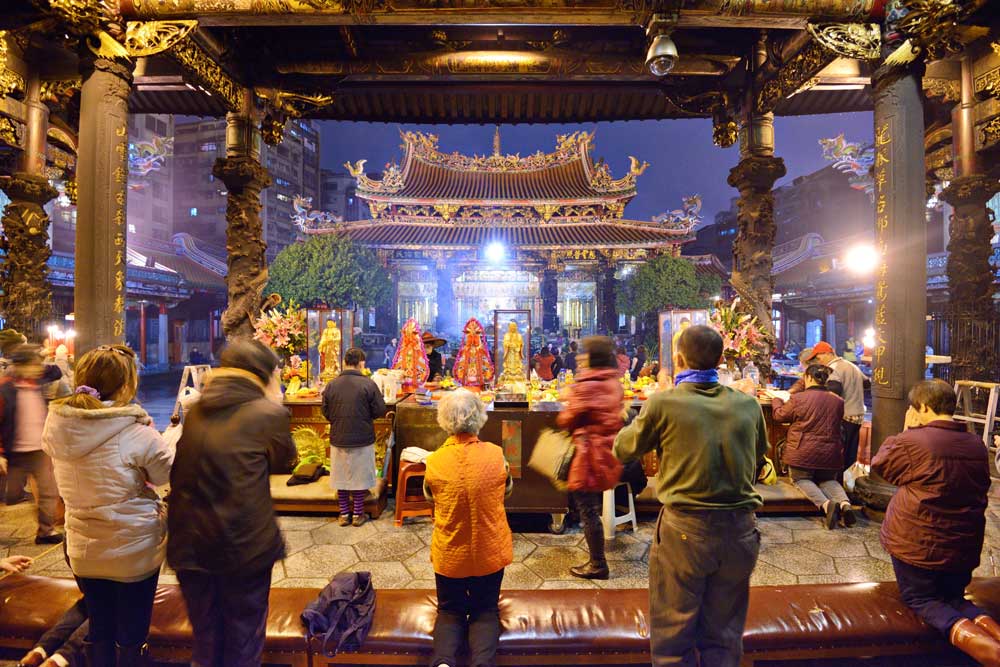
Be a part of the noble mission as a supporting member or a patron, or a volunteer contributor of content.
The power of Dharma to help sentient beings, in part, lies in ensuring access to Buddha’s precious Dharma — the mission of Buddha Weekly. We can’t do it without you!
A non-profit association since 2007, Buddha Weekly published many feature articles, videos, and, podcasts. Please consider supporting the mission to preserve and “Spread the Dharma." Your support as either a patron or a supporting member helps defray the high costs of producing quality Dharma content. Thank you! Learn more here, or become one of our super karma heroes on Patreon.
Lee Kane
Author | Buddha Weekly
Lee Kane is the editor of Buddha Weekly, since 2007. His main focuses as a writer are mindfulness techniques, meditation, Dharma and Sutra commentaries, Buddhist practices, international perspectives and traditions, Vajrayana, Mahayana, Zen. He also covers various events.
Lee also contributes as a writer to various other online magazines and blogs.

